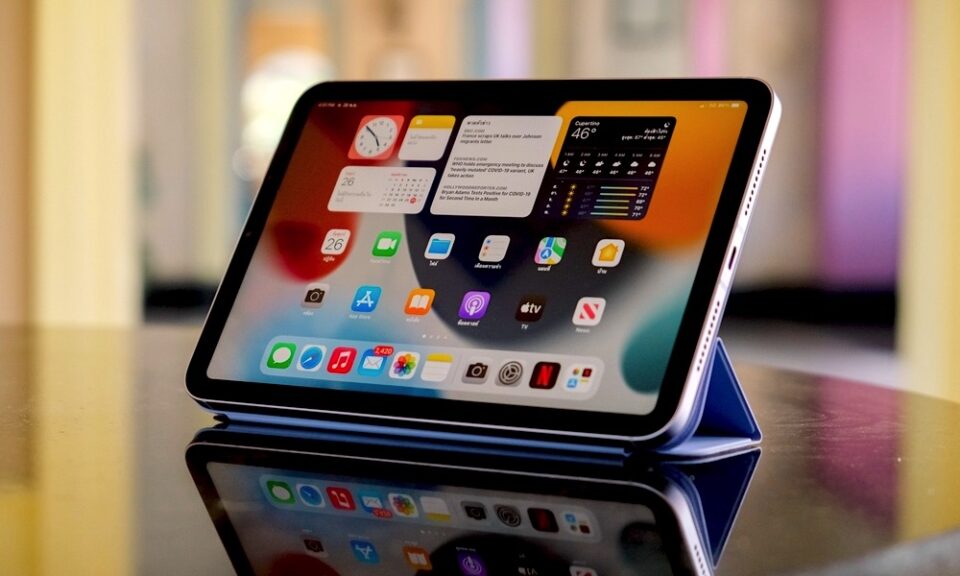The iPad’s iOS (or iPadOS, as Apple now refers to the iPad operating system) features a robust and streamlined interface that makes downloading files a seamless process. Whether it’s an app, document, music file, or image, your iPad knows precisely where to stash your downloads. So, where exactly do these downloads go? Let’s break it down.
Safari and Other Web Downloads
When you download a file from a website on your iPad, the file isn’t sent to a dedicated “downloads” folder like you might find on a traditional desktop operating system. Instead, starting with iOS 13 and iPadOS, Apple has introduced a feature known as the “Downloads Manager.” You can find this within the Safari web browser.
When you download a file from the web, the Downloads Manager will present you with a prompt asking if you want to download the file. If you choose to download it, the file will then be sent to your device’s Downloads folder.
The Downloads folder isn’t found in your standard list of app icons, but rather in the Files app. This app serves as the iPad’s equivalent to the Finder on macOS or File Explorer on Windows. It’s where all your downloads, regardless of their origin, end up unless specified otherwise.
To access your Downloads folder:
- Open the Files app on your iPad.
- Under “Locations,” tap “On My iPad.”
- Locate and tap on the “Downloads” folder.
There, you’ll find a list of the items you’ve downloaded. You can open files directly from this folder, move them to other locations, or delete them if you no longer need them.
App Store Downloads
When you download an app from the App Store, it doesn’t end up in the Downloads folder or even the Files app. Instead, it installs directly onto your home screen. It will appear as a new icon on your home screen, and you can tap it to open the app.
Email and Message Downloads
When you download an attachment from an email or a message, such as a photo or a document, it will typically open directly in the appropriate app. For instance, a photo might open in the Photos app, while a Word document might open in Pages or another document viewer. From there, you can choose to save the file to a specific location.
If the file type doesn’t have a specific app associated with it, or if you tap the “Share” button on the attachment, you will have the option to save it to the Files app. You can then choose the Downloads folder or any other location.
Conclusion
Finding your downloads on an iPad can be a bit different from finding them on a traditional computer, but it’s just as simple once you know where to look. Remember that most of your web downloads will be in the Files app under “Downloads,” while apps from the App Store will appear directly on your home screen. Email and message attachments can be saved wherever you like, offering you a great deal of flexibility in organizing your files. With these tips, you should be able to locate and manage your downloads with ease.


